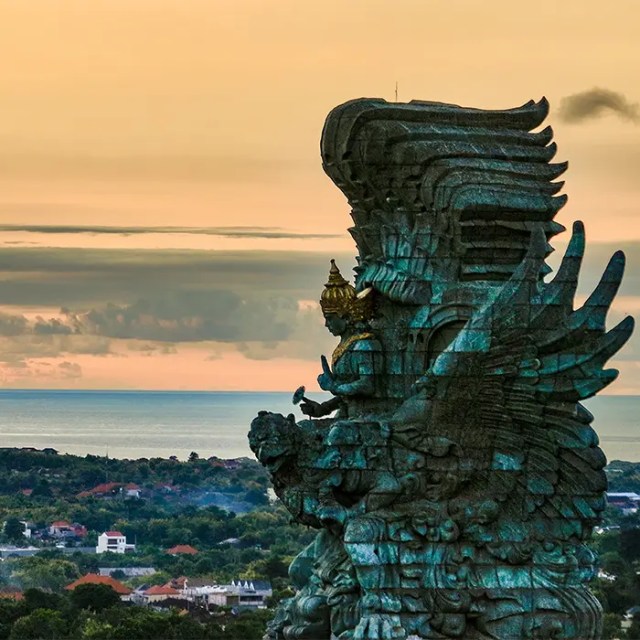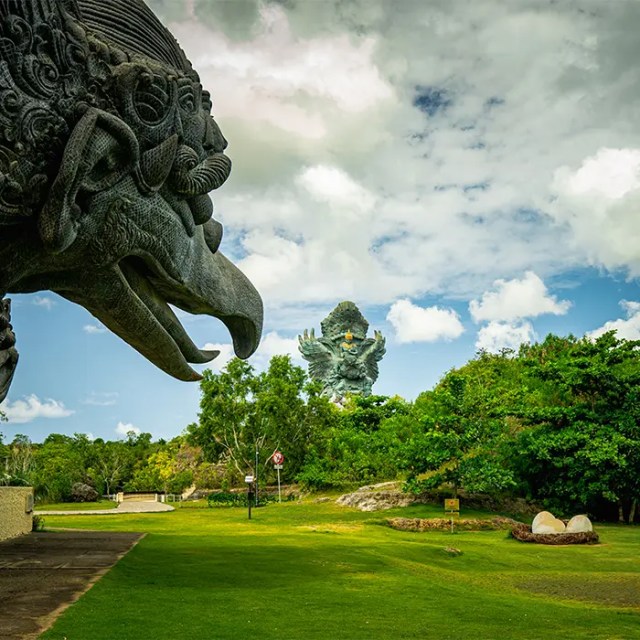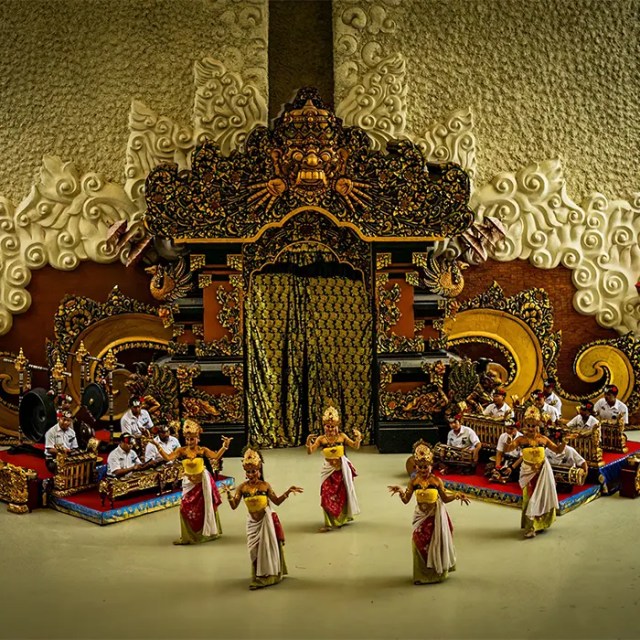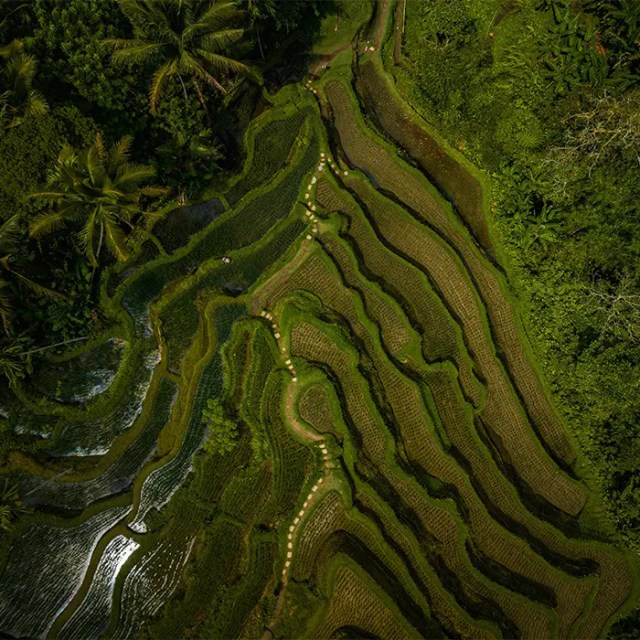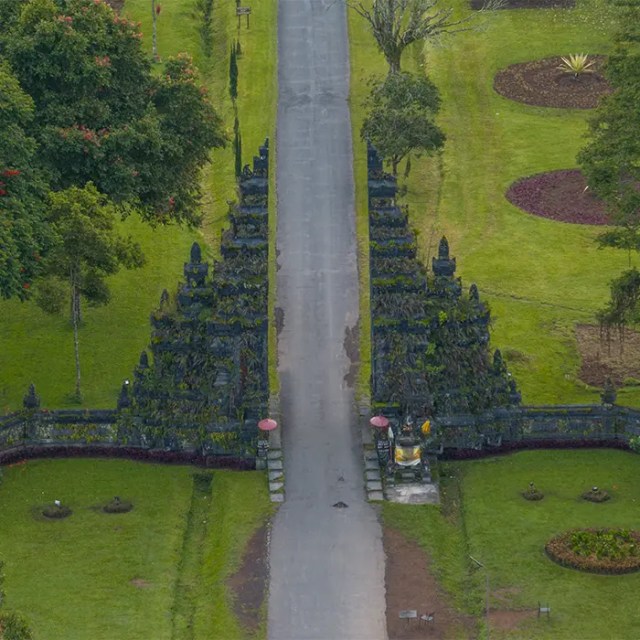Bali, often referred to as the “Island of the Gods,” is a captivating destination. Renowned for its stunning landscapes, Bali offers a unique blend of lush rice terraces, pristine beaches, and volcanic mountains. The island’s diverse geography allows for a variety of adventures, from surfing on the famous waves of Kuta Beach to trekking up Mount Batur for breathtaking sunrise views. With its rich cultural heritage, Bali is also home to numerous temples and traditional ceremonies that reflect the deep spiritual connection of its people to the land.
The island’s vibrant culture is a major draw for travelers seeking both relaxation and enrichment. You can immerse yourself in Balinese customs through dance performances, art exhibits, and local festivals. The capital city, Denpasar, serves as a hub for exploring the island’s history, while towns like Ubud are known for their artistic communities and wellness retreats. The warm hospitality of the Balinese people enhances the experience, making every visit feel like a homecoming.
Culinary enthusiasts will find Bali to be a paradise of flavors, featuring a variety of traditional dishes such as Nasi Goreng and Babi Guling. The island is also famous for its thriving café culture, with countless spots offering organic and locally sourced meals.










